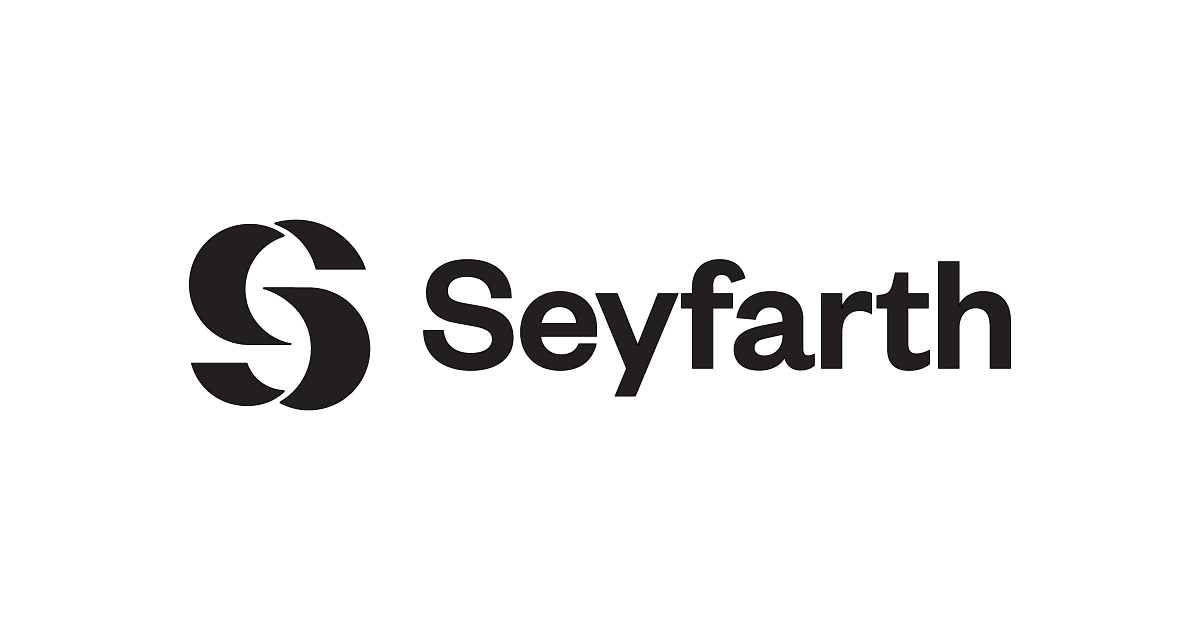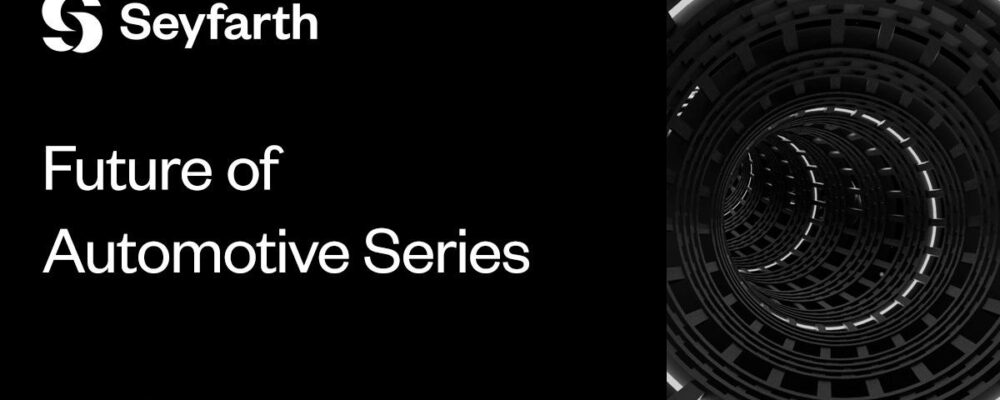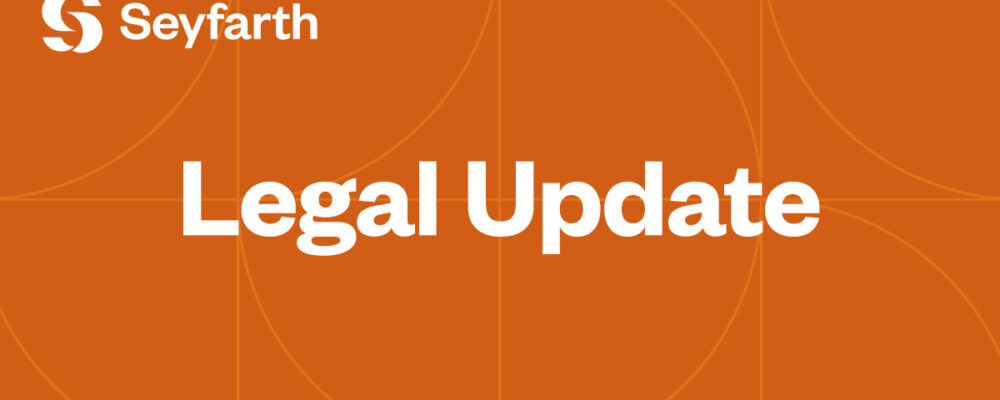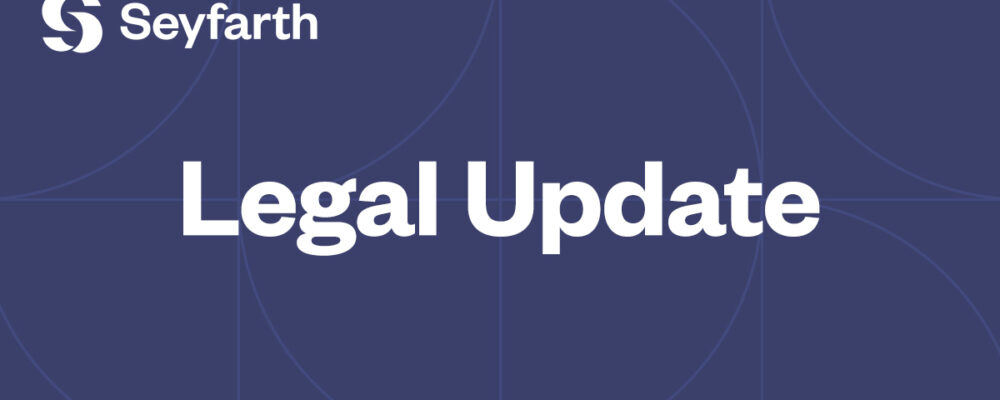During the second Trump administration, we anticipate that the EEOC’s routine enforcement and litigation activities would continue, as would policy initiatives capable of garnering bipartisan support. Indeed, the vast majority of the EEOC’s day-to-day enforcement and litigation activities are politically uncontroversial and enjoy strong bipartisan support. However, the EEOC is unlikely to move forward with policy initiatives or new litigation filings perceived as advancing Republican priorities, because the EEOC is unlikely to have a Republican majority until at least July 2026. On the other hand, even without a Republican majority, the EEOC will likely not be able to move forward with policy initiatives or filing amicus briefs or litigation perceived as advancing Democratic priorities.
Currently, the five-member EEOC has three Democratic Commissioners and one Republican Commissioner, with one unfilled vacancy. President-elect Trump’s second inauguration will not automatically end the terms of sitting EEOC Commissioners, who, pursuant to Title VII, are confirmed to staggered 5-year terms. Based on the expiration of the terms of the currently serving Commissioners, there will not be sufficient vacancies to give Republicans a majority on the EEOC until July 2026.
After his second inauguration, one of President Trump’s first executive actions would almost certainly be to designate the lone Republican EEOC Commissioner, Andrea Lucas, as Acting Chair. But even though she would be able to exercise the administrative and procedural powers as the Acting Chair, until future vacancies on the EEOC are filled, Acting Chair Lucas would continue to be in a Republican minority on the EEOC.
We believe it extremely unlikely that any of the current Democrats on the EEOC would voluntarily resign, giving President-elect Trump the opportunity to nominate their replacements before the end of the current term. Thus, even assuming that upcoming vacancies on the EEOC are filled by having a candidate be nominated by the President and confirmed by the Senate, which is by no means a certainty, the EEOC would maintain a Democratic majority until July 2026.
With control of the Senate flipping to the Republicans, it is likely that President-elect Trump will prioritize filling the upcoming vacancies on the EEOC, and that Republican leadership in the Senate would be likely to prioritize granting floor time to these nominees to keep the EEOC out of Democratic control. However, barring resignations or other disruption to the membership of the EEOC, sufficient vacancies to give the Republicans a majority on the EEOC would not occur until July 2026.
Even without a majority, the EEOC Chair (or an Acting Chair) can, on her own authority, issue subregulatory guidance such as technical assistance. Notable EEOC technical assistance documents, issued solely under the authority of the Chair, include the EEOC’s 2022 technical assistance regarding artificial intelligence and the Americans With Disabilities Act, its 2023 technical assistance regarding Title VII and AI, and the EEOC’s COVID-19 “What You Should Know” document, which was updated frequently during the COVID-19 pandemic.
However, formal EEOC guidance (including notice-and-comment rulemaking pursuant to the Administrative Procedures Act) requires the approval of the Commission. While Acting Chair Lucas could, on her own authority, revoke or revise technical assistance documents issued solely under the authority of a previous Chair, she would not be able to revoke existing formal guidance, or start new rulemaking initiatives, without the approval of the full Commission. Without a Republican majority to overcome the objections of Democratic members of the EEOC, an Acting Chair Lucas would be unable to revoke the EEOC’s rules implementing the Pregnant Workers’ Fairness Act, its enforcement guidance regarding harassment, or to initiate new initiatives to collect pay data. Absent a Republican majority, a Republican-led EEOC would similarly be unable to modify the EEOC’s current Strategic Plan or its Strategic Enforcement Plan.
As the administrative head of the Agency, the Acting Chair is responsible for evaluating the agency’s senior career executives, and setting the criteria by which that evaluation would take place. The Acting Chair also has a great deal of discretion regarding how the agency spends its allocated budget. Despite these and other ways that an Acting Chair can influence career staff, other structural and regulatory safeguards limit direct political interference in many types of enforcement decisions.
Thus, while Commissioner Lucas has spoken out regarding her view that many private-sector employers’ DEI programs violate Title VII, and in 2022, Bloomberg Law reported that Lucas signed commissioner charges asserting that at least three companies unlawfully discriminated by providing employees with abortion-related travel benefits, wielding the power of the Acting Chair, Lucas would have to push through multiple levels of career staff in order to directly influence the outcome of those investigations.
In October 2020, then-President Trump signed an executive order, seeking to create a new “Schedule F” classification that would have stripped civil service protections from career federal employees in positions of a “confidential, policy-determining, policy-making, or policy-advocating character.” While this order was formally revoked by President Biden as one of his first acts in office, similar proposals have resurfaced in conservative policy circles, including in the Heritage Foundation’s Project 2025 initiative (which President-elect Trump has sought to distance himself from). Even if these reclassification efforts gain momentum in the second Trump administration, they would face extensive procedural hurdles and high-profile legal challenges, significantly delaying any attempted expansion of the EEOC Chair’s authority to reclassify and remove career staff. In short, while “Schedule F” or similar reclassification effort could theoretically expand an EEOC Chair’s authority over career staff decisions, the combination of procedural requirements, legal challenges and institutional safeguards means that any such authority would not be immediately available to the Chair as a tool to influence specific enforcement outcomes early in a new administration.
Regarding EEOC-initiated litigation, the current internal procedures that the EEOC operates under require an affirmative vote of the Commission to approve all amicus filings. Under these procedures, the Chair can exercise her discretion to decline to present an amicus brief to the Commission for approval, so during the second Trump administration, even without a Republican majority, only amicus briefs aligning with the Chair (or Acting Chair’s) philosophy would even be presented to the Commission for approval.
The statutory text of Title VII reserves to the Commission the right to approve litigation, but grants to the EEOC General Counsel the ability to “conduct” litigation. Thus, an EEOC Chair or Acting Chair faces statutory limits on her ability to direct ongoing litigation once it has been approved by the Commission and initiated by the General Counsel’s office. Under the Commission’s current procedures, the General Counsel, or in the absence of a General Counsel career staff in the General Counsel’s office, have been delegated the authority to initiate certain types of litigation. Thus, litigation perceived as “routine” is likely to continue, notwithstanding any change in the political leadership. Additionally, careful watchers of the EEOC have observed that Commissioner Lucas has often previously voted to approve litigation, over the objection of her then-fellow Republicans on the EEOC. Those prior bipartisan votes further indicate the probability that an Acting Chair Lucas would support similar ongoing litigation and enforcement efforts.
However, under the Commission’s current procedures, the full Commission must vote to approve the filing of certain types of litigation, including but not limited to all litigation characterized as “systemic” litigation, cases “likely to generate public controversy”, and cases that seek to overturn existing precedent. Thus, career staff in the Office of General Counsel would face significant headwinds in any attempt to unilaterally initiate significant litigation that falls into categories proscribed by the current litigation delegation. Of course it is also possible that during the upcoming lame duck period, the current Democratic majority on the Commission will exercise their prerogatives to revise the current litigation delegation to delegate additional authority to career staff, or to create additional procedural hurdles for the incoming administration.
Additionally, while a second Trump administration could potentially follow President Biden’s precedent in firing the EEOC’s General Counsel, the Federal Vacancies Reform Act would then elevate the current Deputy General Counsel, Christopher Lage, a career EEOC official, to Acting General Counsel. Any attempt by Republican political leadership at the EEOC to direct specific litigation outcomes in politically volatile matters would require either tacit cooperation from, or otherwise pushing through resistance from multiple layers of career leadership, including managers in the Office of General Counsel, individual Regional Attorneys, and supervisory and trial attorneys in the district offices.
Thus, while there is a great deal of momentum for the EEOC’s routine enforcement and litigation efforts to continue during a second Trump administration, an Acting Chair Lucas would face significant structural and institutional constraints in directing specific litigation outcomes.
In conclusion, while a second Trump administration would immediately bring new political leadership to the EEOC, the combination of fixed Commissioner terms, civil service protections, and existing procedural safeguards would significantly constrain any immediate dramatic shifts in policy or enforcement priorities. While Acting Chair Lucas will be able to exercise meaningful administrative authority, she will still face substantial structural limitations in implementing partisan policy changes without a Republican majority on the EEOC.
“With approximately 900 lawyers across 17 offices, Seyfarth Shaw LLP provides advisory, litigation, and transactional legal services to clients worldwide.”
Please visit the firm link to site






